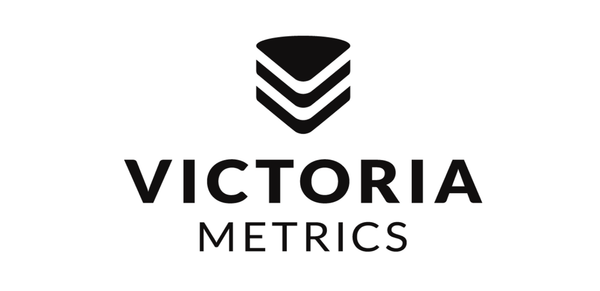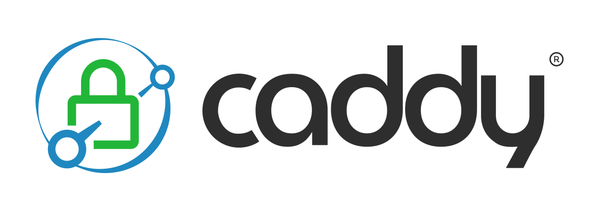Omarchy: What It Is & How It Works

Omarchy is an “opinionated Arch + Hyprland setup” by David Heinemeier Hansson (DHH), the creator of Ruby on Rails and co-founder of 37signals. It’s designed to give you a modern, polished desktop experience on Linux with minimal setup.
What Is Omarchy?
- Based on Arch Linux + Hyprland: Omarchy layers on top of Arch, using Hyprland as the tiling window manager.
- Opinionated setup: It comes with a curated set of software, configuration, themes, dotfiles, key bindings, etc. The idea is to give you a working, attractive setup out of the box.
- ISO + Script installation: Omarchy provides an ISO installer (for fresh installs) and/or scripts/configs for post-install configuration.
- Polished UX: Keyboard-driven navigation, preconfigured theming, application launcher, hotkeys, etc. Everything is set up in a coherent, aesthetically pleasing way.
Major Features & What You Get
- Preinstalled modern tools: code editors, browsers, media apps, etc. For example: Neovim, LibreOffice, Chromium, Zoom, Spotify among others. Themes and styles: multiple themes, font options, background/image theming etc.
- Default keybindings and window management preconfigured: everything is wired to work well together under Hyprland.
- Menu and control interface: Omarchy includes its own menu for switching themes, installing/removing some packages, managing apps etc.
- Rolling updates & its own repository, plus access to Arch's official repos / AUR (Arch User Repository).
Installation Steps (High-Level)
- Download the Omarchy ISO or use the online/script version
The ISO is for a fresh install; there are also scripts for configuring an existing Arch installation. Download link. - Boot from the USB/Live environment
Create a bootable USB (via balenaEtcher or similar), then boot the machine. Be aware you may need to disable Secure Boot or TPM depending on your hardware. - Configure options during setup
- Partitioning / drive selection
- Encryption (Omarchy uses full-disk encryption)
- Choosing whether to accept the full package set or minimal (“bare” mode) if available.
- Boot into your new system, explore the Omarchy environment
Learn the hotkeys, the menus, theme selector etc. You’ll likely want to customize some of your dotfiles (in~/.config) to adapt to your preferences. - Keep it updated
Omarchy has its own package repo plus you still use Arch’s rolling releases. It provides updates via its GUI menu for “Update > Omarchy” etc.
Things to Know / Pros & Cons
Pros:
- Fast setup for a polished Linux desktop. You get a lot of configuration, theming, and apps without having to manually set everything up.
- Visually appealing / modern UX. For people tired of tweaking Arch + Hyprland from scratch, Omarchy gives a head start.
- Good defaults but still modifiable: many things are configurable via dotfiles / config files.
Potential Drawbacks:
- Opinionated: you get a bundle of software, styles, theming etc. If you prefer minimalism or want full control over every package, you may dislike having defaults baked in.
- Learning curve: Because it relies on Hyprland and keyboard navigation heavily, if you're used to more traditional desktop environments (GNOME, KDE, etc.), you’ll need to adjust.
- Hardware compatibility / Secure Boot / TPM settings can be tricky on some machines.
Who Is Omarchy For?
- You like Arch Linux but want a lot of polish and less setup overhead.
- You are okay with opinionated defaults but also want room to tweak.
- You prefer a keyboard-driven tiling window manager.
- You want a system that looks good out of the box and is productive quickly.
Maybe less ideal if:
- You want minimalist, bare-bones setups.
- You prefer GUI desktop environments with strong “point-and-click” workflows.
- Your hardware or firmware has Secure Boot / TPM / firmware quirks and you want less manual configuration.
Recent Changes / Versions
- Omarchy 2.0 introduced more robust infrastructure: dedicated package repository, growing community, more releases. (Hey World)
- The Omarchy manual is quite detailed; it covers getting started, theming, keybindings, navigation, etc. (learn.omacom.io)



